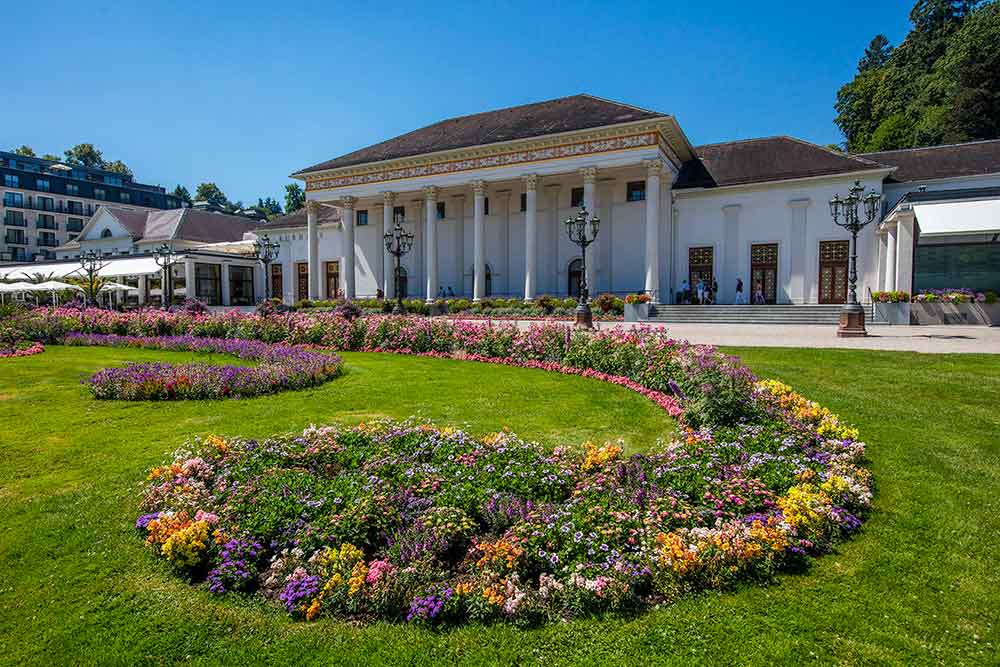A Guide to Sunny SouthWest Germany
By Terry Dale, President & CEO of USTOA

With ancient art caves, rolling green valleys, and vibrant cities, the lively region of SouthWest Germany offers a varied treasure trove of experiences for visitors. There is a wealth of luxury, culinary, and wellness opportunities for travelers who want to visit the sunny side of Germany. Here are some top tips and trips to keep top of mind for your next European vacation.

WHAT TO DO
SouthWest Germany is renowned for its Black Forest and Black Forest Highlands, where picturesque farms, villages, and vineyards dot the wide-open valleys and mountains. Crystal clear lakes and vineyards can be passed by bike, hike, or car. On the border of the Black Forest sits Baden-Baden, a spa town with traditional 19th century baths. The region’s capital city of Stuttgart is home to wineries, artists, and attracts car-lovers for its world-renowned Porsche and Mercedes-Benz Museums.

HOW TO GET THERE
Located in the heart of Europe, it is easily accessible. Rail is the convenient alternative to flying and is often the quickest way of getting around Europe and SouthWest Germany. By air, travelers can fly into Stuttgart Airport, Frankfurt Airport, Munich Airport, Zurich Airport, and Basel Airport. SouthWest Germany has an excellent network of highways if travelers prefer a car. River cruises also often make stops in the region.

WHEN TO GO
SouthWest Germany is a four-season destination with a pleasant and mild climate year-round. For spring, explore the blooming countryside and its forests and lakes. Summer is for watersports like tubing and paddle boarding, as well as city festivals. Fall foliage offers scenic hikes and cycling. During the winter, Christmas markets are a popular attraction.

INSPIRED TO TRAVEL?
Call your travel advisor or find a new one at www.ustoa.com/travel-advisor-directory and ask them about SouthWest Germany.
Trips from USTOA tour operators include:
- Collette’s Classic Christmas Markets includes a winter excursion to the scenic Black Forest before visiting the Christmas markets of Würzburg. The nine-day tour is available in November and December 2021 starting at $1,849 per person.
- Grand Circle Travel’s Romance of the Rhine & Mosel is a 16-day river cruise of the Rhine and Mosel rivers with excursions to the Black Forest Open Air Museum via Strasbourg, and a cuckoo clock presentation. Departures are available from April to October starting at $4,495 per person.
- CroisiEurope River Cruises offers a Bountiful Christmas in Alsace and The Black Forest with a four-day cruise along the Rhine to explore the Black Forest and Christmas traditions. Sailings are available in November and December of 2021 and 2022, starting at $736 per person.
- Tauck takes travelers to The Rhine and Moselle on a 15-day river cruise to experience Heidelberg Castle, visit the Porsche Museum in Stuttgart, and an optional excursion to the spa town of Baden-Baden. Departures are available October 2021 and April, May, August through October 2022m starting at $7,590 per person.
- SITA Tours’ 12-day Germany’s Southern Highlights is a river cruise that includes visits to Baden-Baden’s thermal baths, the Black Forest, and more. Departures are available throughout 2021 and 2022 starting at $5,875 per person.

ARE YOU A TRAVEL ADVISOR?
SouthWest Germany is offering a complimentary Going Cuckoo specialist program filled with interactive quizzes, games, and videos to become an expert on the region. Travel advisors will learn what to pack, when to go, where to stay, and what to do while visiting the region so that they can become a go-to agent for SouthWest Germany vacations.
Find more information about SouthWest Germany at www.tourism-bw.com.
Travel advisors can register for the training by visiting www.going-cuckoo.com

Posted in:






